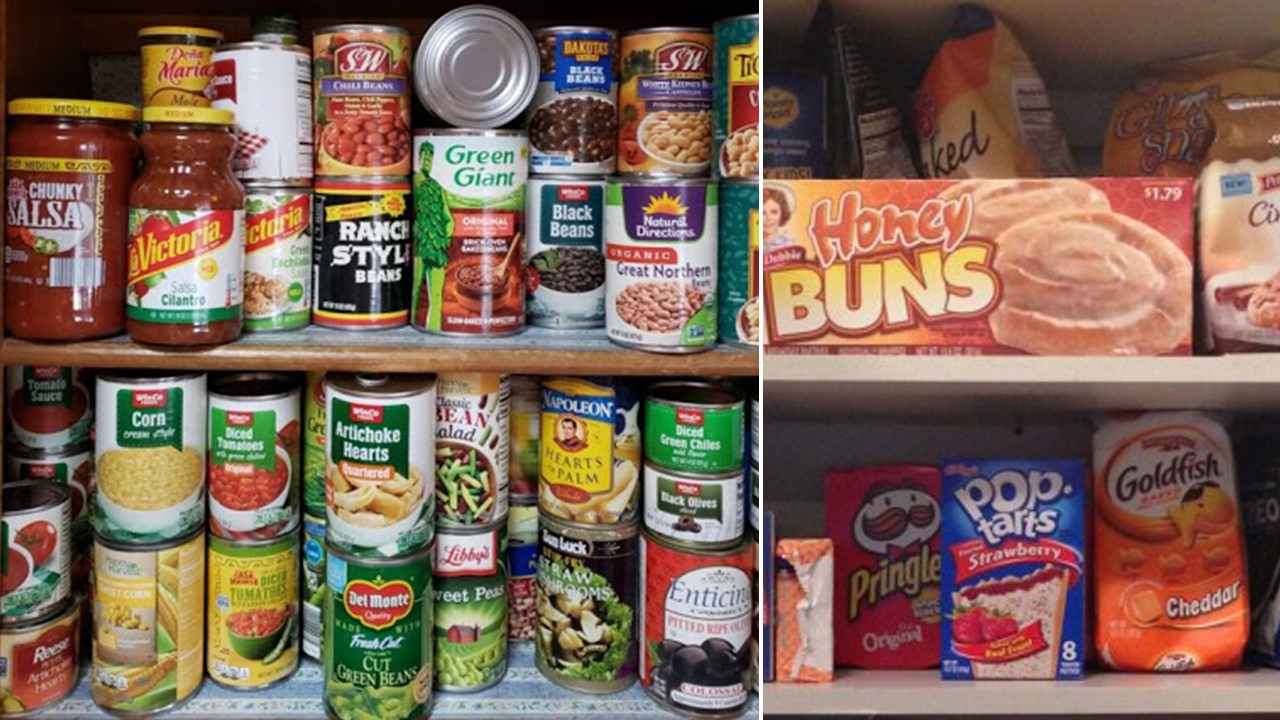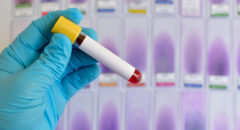
Socioeconomic, cultural, and gender barriers limit the ability of some young women of color to receive information on sexually transmitted infections (STIs), including HIV, access culturally appropriate health care, and reduce sexual risks.
MUST READ: Connect With Friends, See What’s Hot On MiGente
Statistics by ethnicity can be misleading due to relationships between socioeconomic status and ethnicity; yet, illuminating the epidemiology of HIV in different populations may promote prevention efforts in under-served communities. The estimated prevalence of HIV and other STIs is especially high for young women of color many of whom lack health insurance and have little or no access to health care. A lack of well-funded prevention programs specifically addressing young women of color further limits the capacity of some these young women to protect themselves against HIV infection.
MUST READ: Most Beautiful Black Models Ever [GALLERY]
Behavioral and Socioeconomic Factors Negatively Affect the Health of Young
Women of Color
Poverty and access to care—Young women of color are
disproportionately members of the working poor who often lack access to
affordable, culturally sensitive, and youth-friendly health services. As a
result many YWOC receive little preventive health information, including
strategies that reduce their risk for HIV infection.
Heterosexual
contact—The largest category for being infected with HIV among women of
color is heterosexual contact—having sex with a man who uses injection drugs, is
HIV-infected, or whose HIV status is unknown to the young woman. For example, in
2002 among cumulative HIV/AIDS cases, 77 percent of Asian and Pacific Islander
women, 74 percent of African American women, 72 percent of Latinas, and 62
percent of Native American women reported heterosexual contact as their risk
factor.
Communication — Patterns of communication about
sexuality differ by ethnicity, age, socioeconomic status, and level of
acculturation. Reticence in discussing sexuality occurs among minority
populations as frequently as among the U.S. population as a whole. Some Asian
Pacific Islander and Latino cultures prohibit or discourage open discussion of
topics like condom use, disease, and sexual behaviors. African American
adolescent females, on the other hand, report receiving information about and
discussing HIV and sexuality at school and with family. Young African American
women also report feeling comfortable in assertively asking about partners’ past
sexual risks, although they are often reluctant to ask about same-sex sexual
behavior or substance use—behaviors of male partners that can put the young
women most at risk.
Cultural discomfort with conversations about
sexuality and sexual behaviors poses difficulties for some young women of color
as they attempt to negotiate safer sex practices and set limits with a sex
partner. Numerous studies indicate that African American women and Latinas are
concerned about HIV infection but may not use condoms. While most young women of
color report a strong desire to use condoms, those who have low incomes
frequently report fear, discomfort, and intimidation about negotiating condom
use with their sexual partner. Some young women fear that young men will be
angered or offended by questions about past risk behaviors and by requests that
they use condoms.
Trust in monogamy—The safety provided
by monogamy is limited by each partner’s past and current risk behaviors.
Trusting a male partner who is not monogamous is a serious risk factor for
any woman and may put many young Latina and African American women at
risk for HIV and other STIs. Since different people define monogamy in different
ways, safer sex should probably be urged for all sexual
relationships.
Furthermore, serial monogamy—a series of short-lived
monogamous relationships—is fairly common among adolescent women, nearly 16
percent of whom report four or more lifetime sex partners. Having multiple
sexual partners (usually four or more) is frequently identified as a risk factor
for HIV infection. Early onset of sexual intercourse is often associated with
reports of more lifetime sex partners than are reported by young women who
initiate sexual intercourse later. Compared to other teens, a higher percentage
of African American and Latina young women also report initiating sexual
activity at early ages, putting them at higher risk for HIV
infection.
Older male partners—A quarter of sexually
active men ages 22 to 26 and 19 percent of males ages 20 to 21 report sexual
intercourse with a teenage partner during the last year.A significant proportion
of Latina and African American adolescent females also report first sexual
intercourse with older male partners. Sexual intercourse with older men can
expose young women to a sexual partner who has had sex with multiple partners,
varied sexual experiences, and/or a history of injection drug use. Differing age
and sexual experience may also create power imbalances that limit the ability of
young women, including those of color, to negotiate safer sex. Finally, young
women sometimes rely on older sex partners for guidance about protection and may
receive misinformation that can negatively affect the young women’s sexual
health.
Cultural Barriers May Affect the Health of Young Women of Color
Cultural barriers prevent many young women of color from gaining the skills
and knowledge they need to lessen their risk for HIV or other STIs. Ethnic
groups may face different barriers posed by customs, religion, and
history.
Among Native Americans, communication barriers
complicate HIV prevention. Some terms—such as HIV and AIDS—do not translate
easily or clearly in many Native American languages. Tribes may be difficult to
target with HIV prevention information due to geographic dispersal, individual
languages, and differing customs. For example, the Navajo believe that talking
about a disease may bring it into existence in the community.
Statistics
may underestimate the rate of HIV infection among Native Americans. Some HIV
infected Native Americans may claim to be of another ethnicity to avoid shaming
their communities, and HIV testing officials may misidentify Native Americans as
being of some other ethnicity. In one study, nearly 90 percent of Native
Americans living with AIDS were listed as Asian, Latino, or other ethnic
background. Inaccurate reporting may lead to decreased funding for prevention
efforts targeting Native Americans and may also lead Native Americans to deny or
underestimate their HIV risk. Finally, substance use—the number one health
problem among Native Americans—is also associated with sexual risk behaviors.
Many Native Americans do not realize the connections between HIV infection and
substance use.
The African American community did not
initially view HIV/AIDS as a threat. Early case reports indicated that high risk
groups included white gay men, injection drug users, hemophiliacs, and Haitians.
As a result, many African American women have not recognized their own risk.
Historic revelations of unethical experimentation (such as the Tuskegee syphilis
study) and misinformation regarding the susceptibility of African Americans to
HIV have also affected this community’s views of public health messages and
practices. Today, suspicion of government agencies, worry about genocide, and
continuing conspiracy theories remain current among many African Americans.
These factors may result in an unwillingness to be tested or treated for
HIV.








